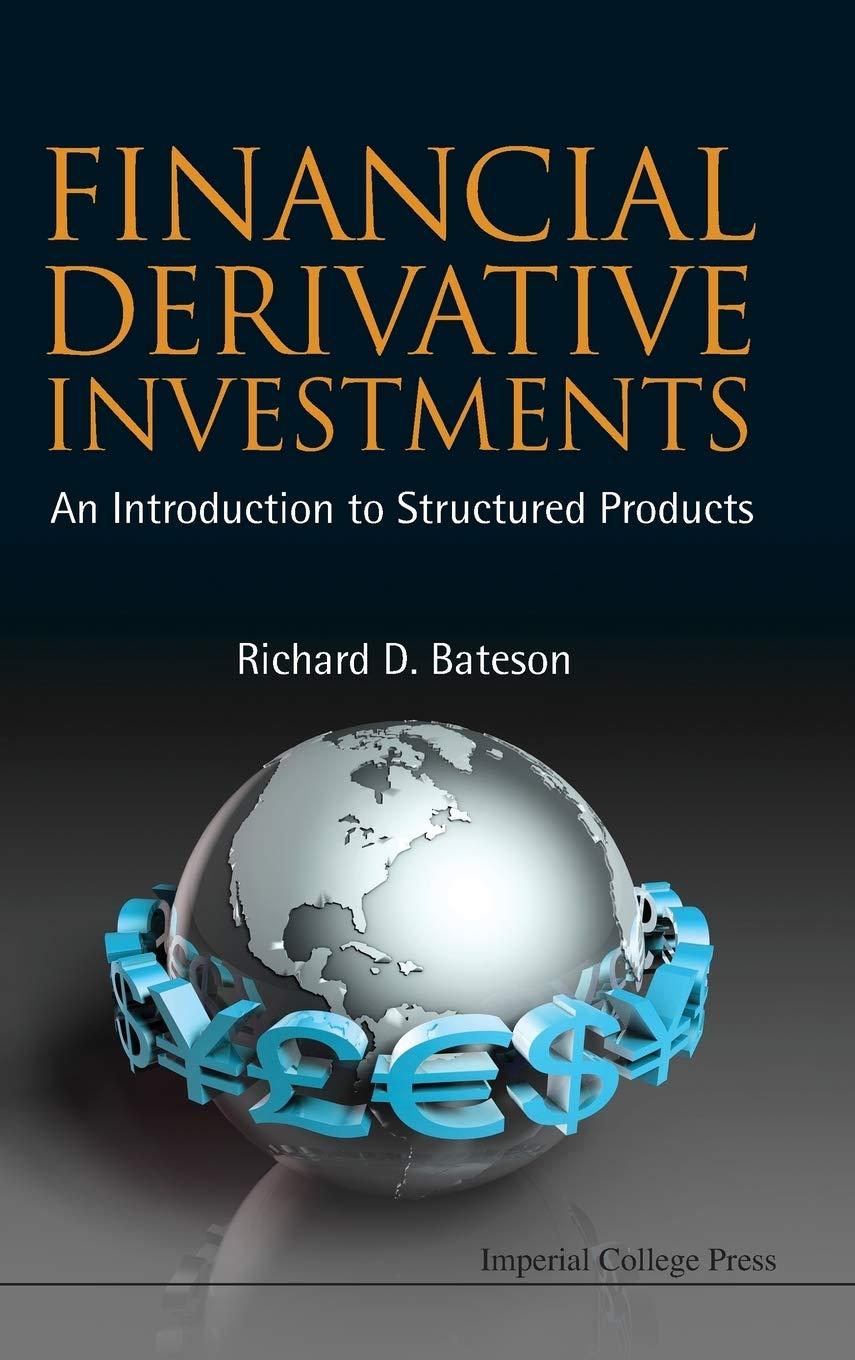Question
Leasing versus owning. Consider the situation of a business operator who is faced with the decision to buy or lease an asset. If the choice
Leasing versus owning. Consider the situation of a business operator who is faced with the decision to buy or lease an asset. If the choice is to buy the asset, the business operator can claim the depreciation as a business expense to reduce income taxes. If the choice is to lease the asset, the leasing cost can be claimed as a tax-deductible expense; the leasing company buys the asset and claims the depreciation. Now consider an ideal situation where the MARR for the business operator and the leasing company are the same, and the marginal tax rates for both are the same. Also, the salary and office expenses of the leasing company are zero (or very close to zero, as might happen if the leasing company is large, highly automated, and has a small staff). Also, the leasing company does not make any profit on this specific asset (it makes profit somewhere else, so it has a marginal tax rate); it simply passes on the costs to the business operator. Using the net present value of after-tax cash flows as a criterion, is there an advantage to either the business operator and/or the leasing company, to leasing? You may answer this by using a specific numerical example or by a general example using only symbols. It is suggested that you compare the two situations (buy or lease). You may keep the analysis simple by using SL depreciation without half-life convention. Assume the asset is purchased with cash. If you use a numerical example, use these parameters: Purchase cost of asset = 32000 Planning period = depreciation life = 5 MARR = 15% Marginal tax rate = 21% Revenue per year for the business operator = any convenient value, it should be large enough so taxable income is positive
USE A SPREADSHEET
Step by Step Solution
There are 3 Steps involved in it
Step: 1

Get Instant Access to Expert-Tailored Solutions
See step-by-step solutions with expert insights and AI powered tools for academic success
Step: 2

Step: 3

Ace Your Homework with AI
Get the answers you need in no time with our AI-driven, step-by-step assistance
Get Started


